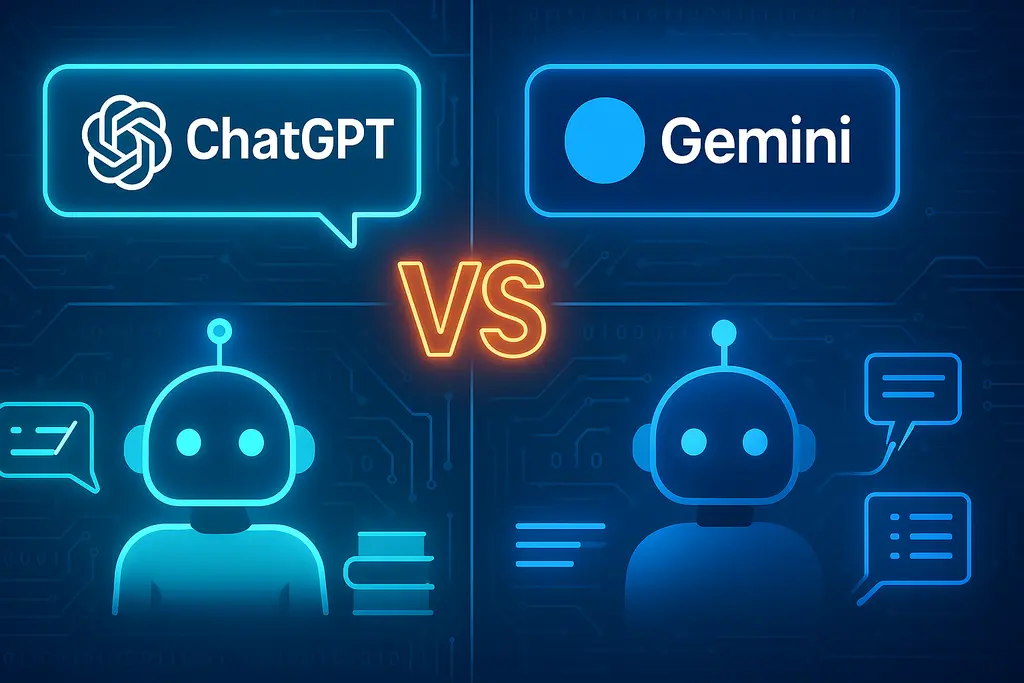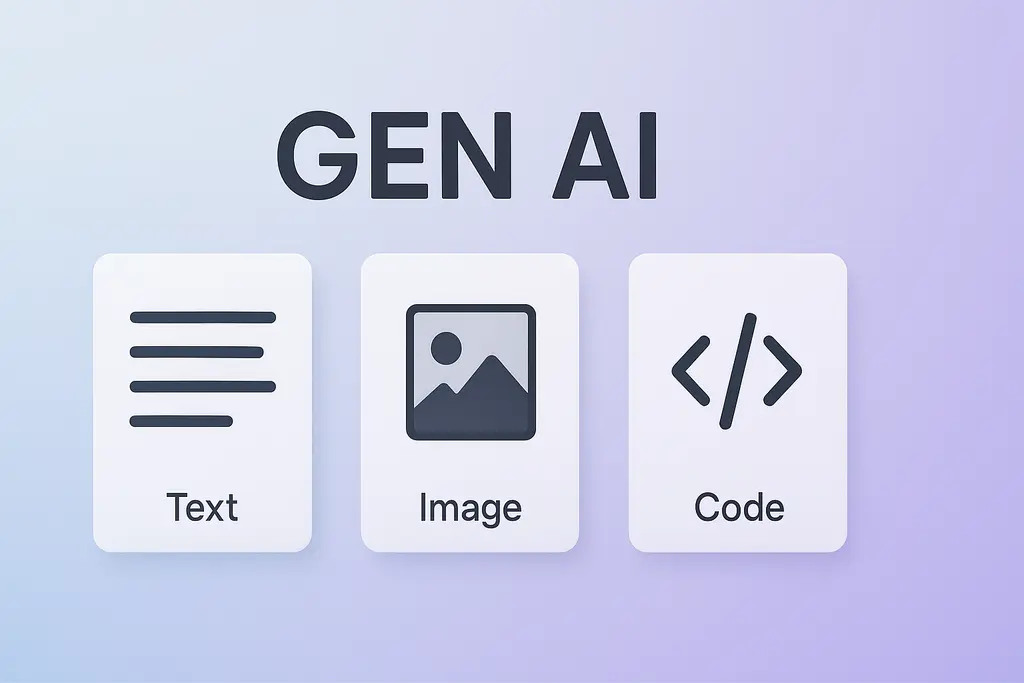AI Slackers
AI Slackers shares AI blog posts, insights, tools, and trends. Our aim is sharing the most useful and information AI-related content. These blogs will help every AI enthusiast and stay ahead of competitors.

AI Tools
ChatGPT vs. Gemini: Finding the Best Free AI Chatbot
With their impressive features, AI chatbots are the must-have instruments for enhancing our daily productivity.
Thomas Ryan
November 27, 2025

Artificial Intelligence
Prompt Engineering 101: Talking to AI Like a Pro
AI is changing the way we work. AI tools need specific instructions from people. Prompt
Thomas Ryan
November 24, 2025

Artificial Intelligence
The Complete Beginner’s Guide to Generative AI
Generative AI is changing the world. It is the hottest topic in technology right now.
Thomas Ryan
November 20, 2025
